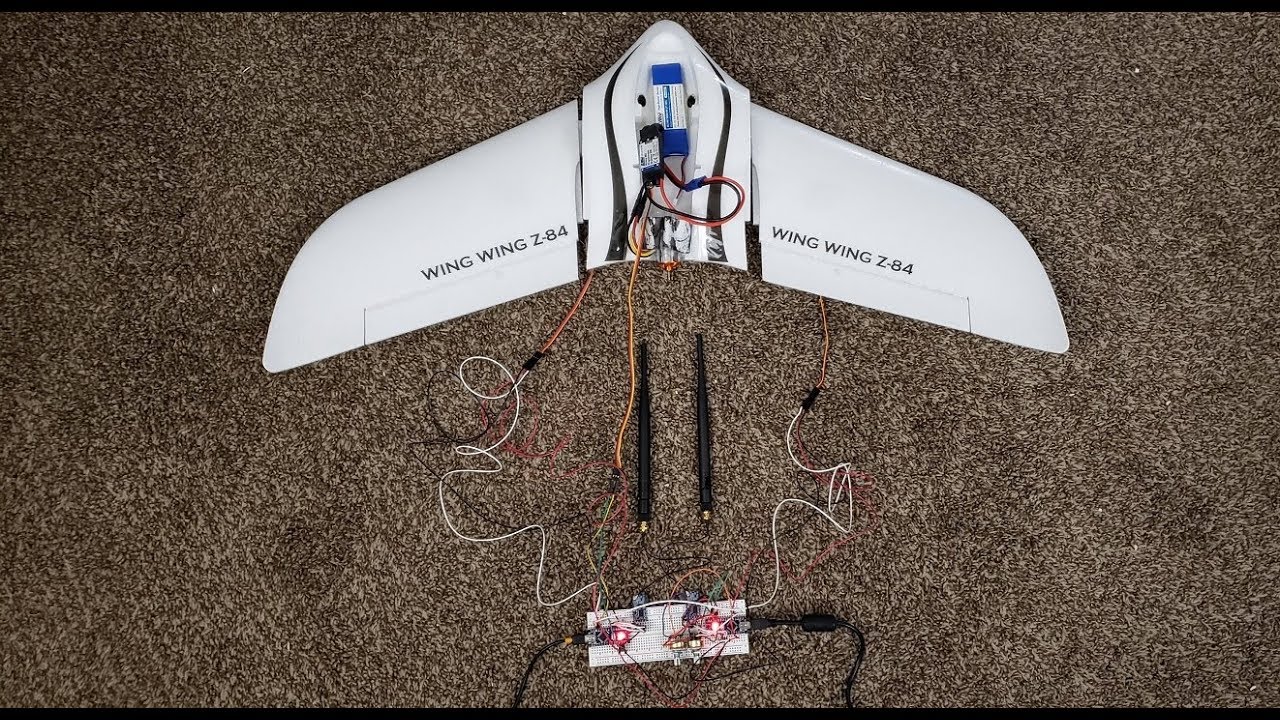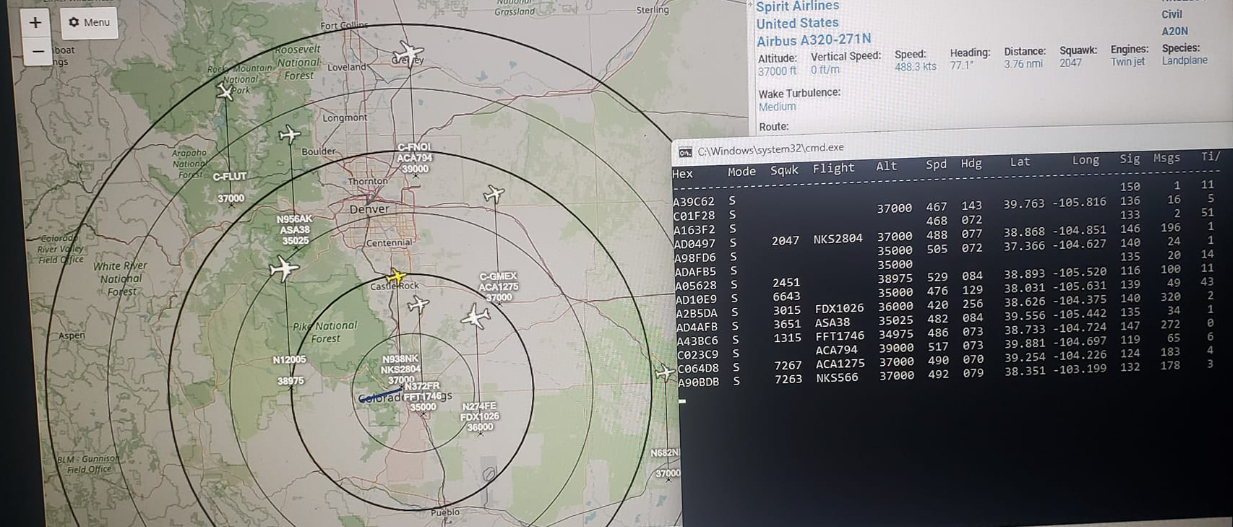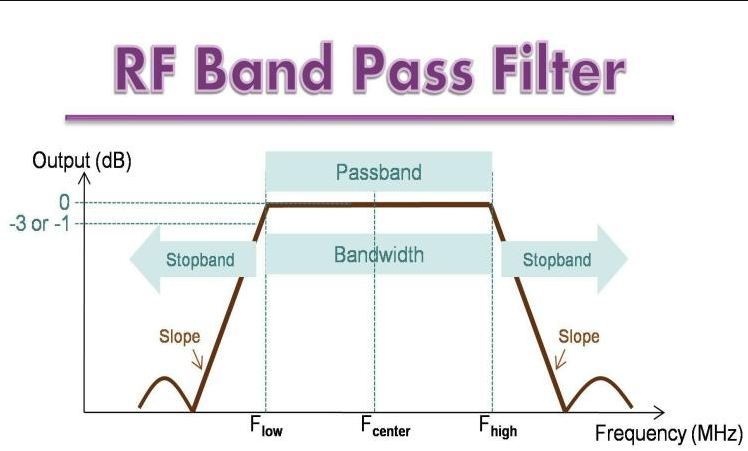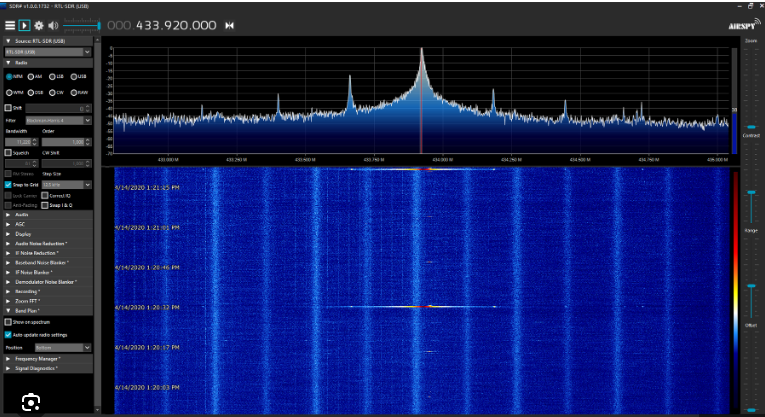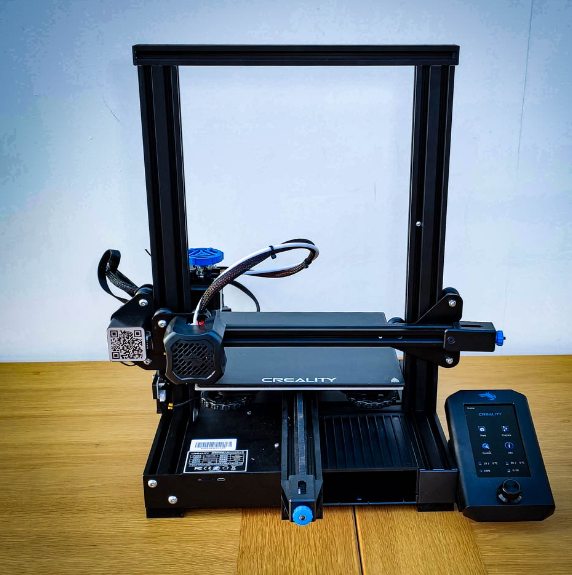Within the RF realm, filters are used to reject undesired signals when monitoring the spectrum environment. Maybe you’re in an urban area and your neighborhood is right next to an FM tower, or you happen to live next to an Army Signal Corps antenna nerd who does home experiments where he stomps over other signals with his home made radio that runs off a generator, significantly raising the local noise floor. Weird coincidence, right? But you need to do something about it, ergo– use a filter!
But What Kind?
Depends on your use case as there are several types of filters. You have High Pass, Low Pass, Band Pass, and Notch Filters. Low pass filters allow low frequency signals to pass- hence the name- and rejects/ eliminates/ attenuates (all words are the same in execution) higher frequency signals. High pass filters work inversely, allowing high frequencies to pass and rejecting low frequencies. Band pass and notch filters have an inverse relationship as well in that band pass filters allows a specific frequency range and rejects all signals out of the frequency range while a notch filter does the opposite and only eliminates a specific range, allowing all else to pass. The filter you use depends on what you’re trying to do. Going back to the Army guy example, if he’s stomping all over a specific and small signal band it may be better have a notch filter; whereas if there was a larger interference source OR you were analyzing a specific band for regional plane tracking for example, a band pass filter may be better. The TLDR is if its a specific signal you’re looking for or looking to exclude use a notch or band pass filter, if its a wider range of frequencies consider a low or high pass filter.
Continue reading “Antennas, Filters, Amplifiers” →
